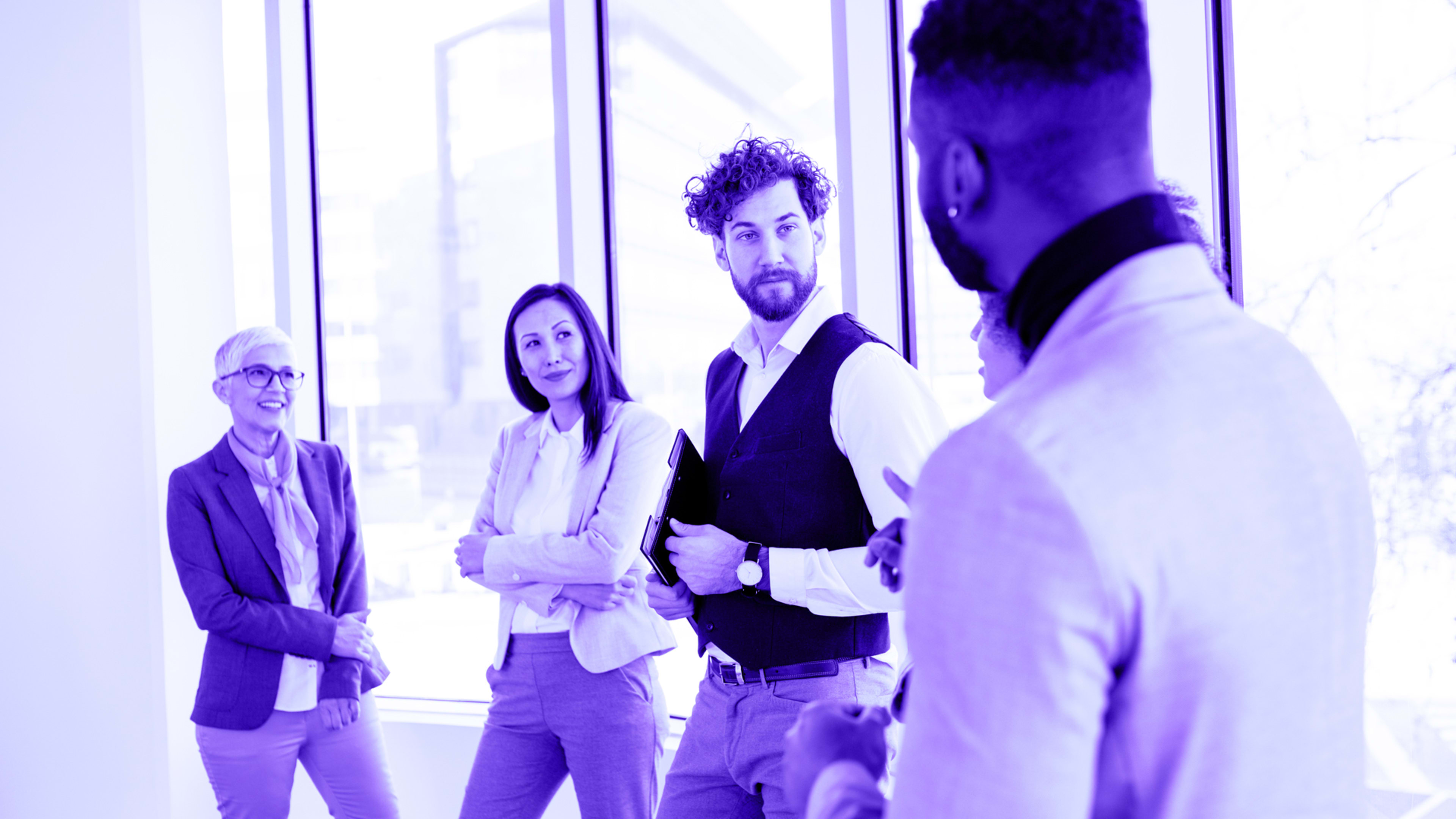June marks Pride Month, a time to recognize the vast contributions of the LGBTQ+ community and reflect on the progress we’ve made and how far we still must go to achieve equal rights and equity in our workplaces. As a lesbian woman, who is Afro-Latina, my identity puts me at the intersection of many different worlds. It also makes the topic of diversity, inclusion, and belonging inherently personal to me. Being a multifaceted human being is what inspired my own awareness of the alchemy that results when our human differences are valued, appreciated, and welcomed. And as the diversity, inclusion and belonging leader at LinkedIn, I know that when I am authentic, I provide the space for others to express their authenticity, too.
Despite momentous leaps forward in LGBTQ+ rights over the past few decades, many continue to face discrimination in the workplace. In fact, it was only in 2020 that new protections were created making it illegal to fire workers for being gay, bisexual or transgender, and despite this, LGBTQ+ people were devastatingly impacted by COVID-era job loss.
Pride month serves as a crucial moment for us to shine a spotlight on the very real barriers that still exist for the LGBTQ+ workforce and illuminate the ways organizations can help create a more equitable society—not just now, but year-round.
According to new research from LinkedIn, LGBTQ+ professionals continue to face challenges and discrimination at work, with data showing that:
- Nearly half (47%) of LGBTQ+ professionals today believe that being out will negatively impact their job search
- One third of LGBTQ+ professionals have faced blatant discrimination and/or microaggressions at work
- Nearly one in four LGBTQ+ professionals say they hide their identity at work and worry they would be treated differently if they came out
When we consider intersections of identity like race and ethnicity, disability, age, or socioeconomic status, it can become increasingly rare to find inclusive workspaces where a sense of belonging is possible.
A need for clear workplace policies
It simply is not enough to incorporate a rainbow into a company logo, sponsor a float in a parade, or release a Pride-related product. On average, employees spend a third of their day at work and it’s critical for companies to actively challenge the status quo, examining their own internal policies and the impact these policies have created on the lives of their LGBTQ+ employees.
The journey to inclusion lives in everyday workplace interactions, organizational policies, and processes and small changes can make a huge difference. For example, many companies such as Tapestry Inc., are adding preferred pronouns to corporate email signature guidelines companywide. Workplace policies such as domestic-partner benefits and trans-inclusive healthcare coverage are also an important step in equalizing benefits, creating psychological safety, and a sense of belonging for LGBTQ+ employees at work and in society.
A culture rooted in authenticity and belonging
Building an inclusive organization starts with recruiting and hiring a diverse set of employees. In fact, 77% of LGBTQ+ professionals believe it is important that a prospective employer expresses an outward commitment to supporting LGBTQ+ employees. To ensure we are supporting and hiring LGBTQ+ professionals equitably, at LinkedIn, we take part in the Human Rights Campaign Corporate Equality Index, the nation’s top benchmarking tool on corporate policies, practices, and benefits pertinent to lesbian, gay, bisexual, transgender, and queer employees.
It’s also important that companies create safe spaces within their organization to help build a culture rooted in belonging. In fact, 50% of LGBTQ+ professionals are looking for their employer to create employee resource groups (ERGs) and formally recognized networking events for LGBTQ+ employees within their organization.
Finally, over half of LGBTQ+ professionals are looking for their company to offer more education and/or bias training for managers. Education can help ensure that your LGBTQ+ commitment is lived throughout the entire organization and encourages people to become active allies for their LGBTQ+ peers. One way we continue to educate our leaders and employees at LinkedIn is through our Allyship Academy and Inclusive Leadership Framework which aims to activate allyship and develop inclusive leadership skills for all people managers within the organization.
There is always something that can be improved upon, and we must make it our company’s priority to take action to close these gaps so that all employees feel like they belong and are supported. As a global platform that seeks to create economic opportunity for every member of the global workforce, we feel it’s our responsibility to intentionally address equity and diversity, inclusion, and belonging and we are doing so for our workforce, customers, and millions of members. We hope these research insights and recommendations are helping to spark the necessary conversations for change during this time.
Rosanna Durruthy is LinkedIn’s vice president of Global Diversity, Inclusion, and Belonging.
Recognize your brand’s excellence by applying to this year’s Brands That Matter Awards before the early-rate deadline, May 3.
